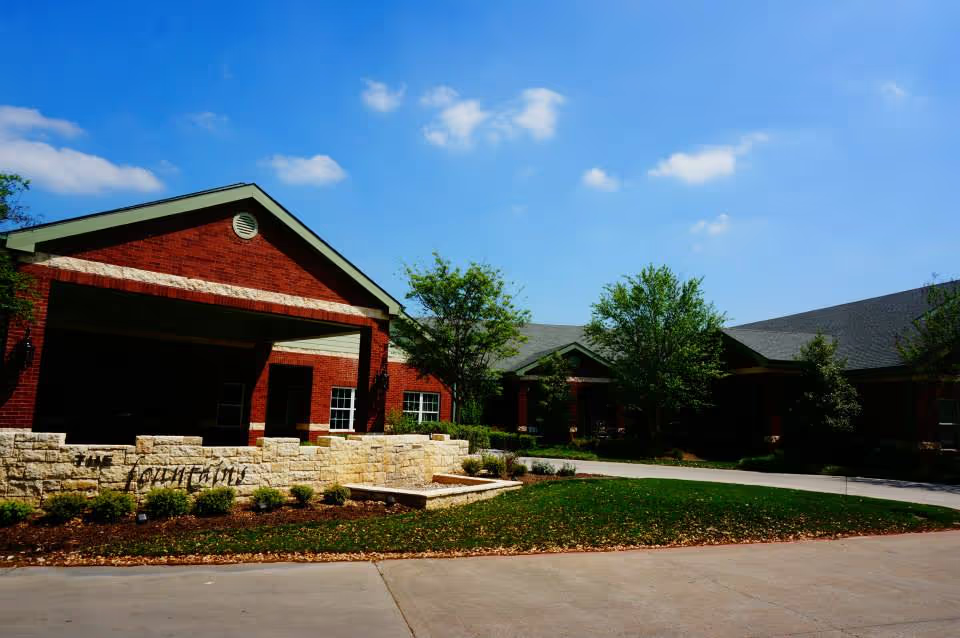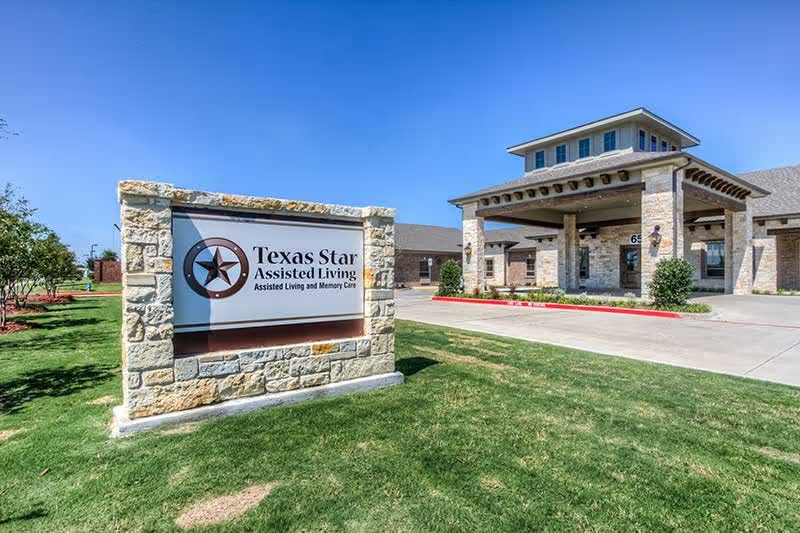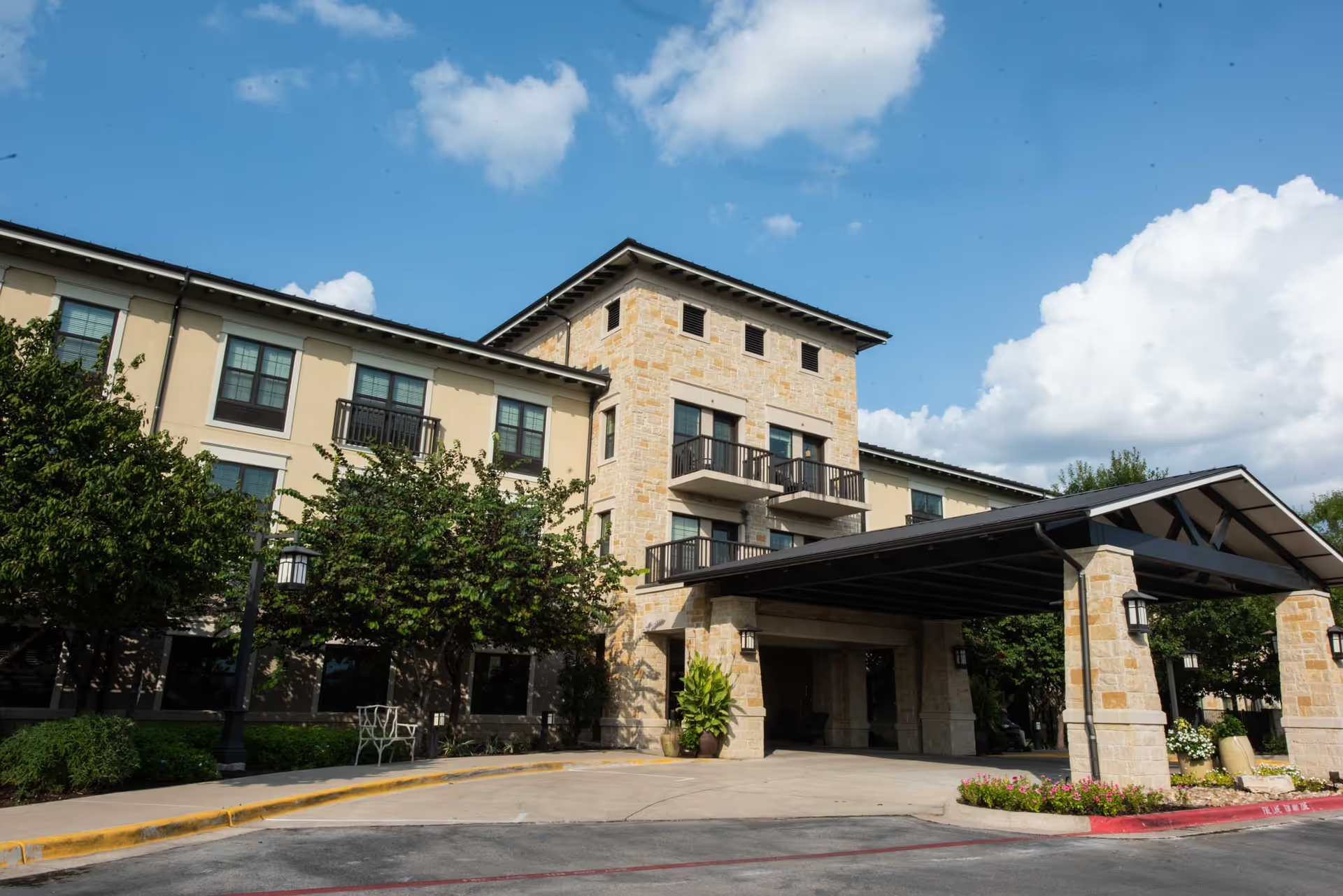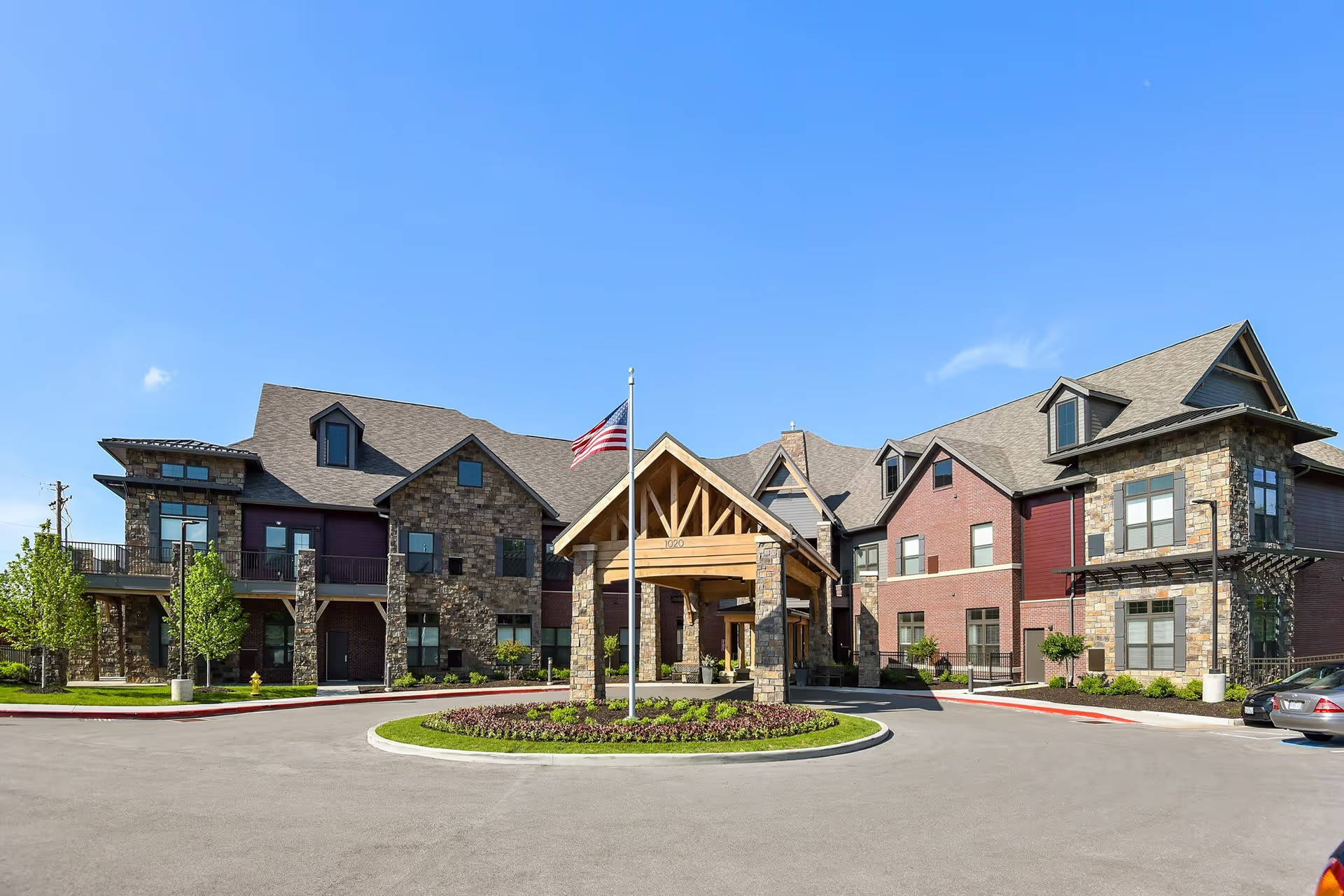Overall sentiment: The reviews of Oxford Glen Memory Care at Grand Prairie are predominantly positive, with a strong and recurring emphasis on compassionate, person-centered care, active social programming, and a well-maintained, home-like environment. A large number of reviewers praise the staff — from CNAs and med-techs to activity coordinators and nursing leadership — describing them as kind, patient, professional and knowledgeable about dementia care. Many families attribute measurable improvements in mood, mobility and engagement for their loved ones to the community’s daily routines and social opportunities. Multiple reviewers explicitly recommended Oxford Glen as a top choice for memory care and gave 5-star ratings.
Care quality and staff: The most consistent positive theme is staff quality and culture. Reviewers repeatedly highlight a strong staffing ratio, stable management, low turnover and hands-on leaders (several staff names such as Trish, Wenda, Ashley and Marsha are individually praised). Staff are frequently described as attentive, communicative with families, and willing to go above and beyond (coordinating video calls during COVID, organizing birthdays, taking residents on outings). Activity coordinators and the social program receive high marks for providing meaningful, daily engagement including singing, dancing, arts & crafts, exercise, worship, and special events. The facility’s approach is commonly described as family-like and dignity-focused, with many comments that residents are treated with respect rather than simply 'being sat in a corner.'
Facilities and design: Physical aspects of Oxford Glen receive strong praise: the building is described as fairly new, clean, well-maintained, and tastefully decorated with open-concept clusters rather than long nursing-hall corridors. Reviewers mention enclosed patios, outdoor courtyards, lakefront views and multiple communal spaces that support socialization. The clustering/home-like layout, large dining room and close proximity of rooms to gathering areas are valued for encouraging interaction and supervision. Security is often viewed as positive (24/7 locked units), though a few reviewers raised concerns about front-entrance greeters and specific security controls.
Dining and services: The community is regularly noted for providing three full meals daily plus snacks, with many reviewers finding the food appealing. Additional on-site services include hair and nails, barber services, therapy partnerships, an in-house doctor and pharmacy, and psychosocial group support. Pandemic-era responsiveness (coordinating Zoom and outdoor/controlled visits) is highlighted as an example of adaptability and family-focused practice.
Communication and management: Many families describe transparent, timely, and thorough communication from nursing leadership and administration. Several reviews single out management and the executive director for being proactive and accessible. That said, there is not complete uniformity: some reviewers report communication lapses, unresponsiveness, or inconsistent messaging from particular staff members. A few administrative issues (deposit refunds, occasional slow responses) are reported but also contradicted by other reviewers who describe quick corrective action when problems were raised.
Negative patterns and safety/medical concerns: While the majority of feedback is positive, there are significant, recurrent concerns that warrant attention. A minority of reviewers allege serious medical or care failures: missed or inadequate diabetes care, reported development of bedsores, rashes, hygiene neglect (unused dental or body care products), and one reported case where a resident became weak and was hospitalized with sepsis. Other reports include residents being left in incorrect clothing, missing glasses, laundry piling up, and therapy services not delivered as expected. Some reviewers described staff distractions (smartphone use) or unprofessional behavior. There are also mentions that the facility is not Joint Commission accredited and that there were references to investigations by regulatory bodies in some comments. These reports indicate variability in day-to-day execution of clinical and personal-care tasks despite an overall culture of attention and warmth.
Variability and polarization of experiences: The reviews show a clear polarization: many families describe exceptional, loving care and a dramatic positive change in their loved ones, while a smaller but notable set of reviewers describe neglectful episodes, poor hygiene, or clinical oversights. This variability suggests that while core strengths (activities, atmosphere, management leadership) are stable, execution of certain clinical and operational tasks may be inconsistent across shifts or individual caregivers. Several reviewers recommended asking specific questions and verifying practices prior to move-in (medication management, diabetes care, staffing during nights/weekends, housekeeping routines, incident reporting and follow-up).
Cost, accreditation and transparency: Cost is frequently mentioned as higher than some alternatives — described as expensive but, by many, 'worth it.' Potential residents’ families should weigh the premium against the high-touch programming and perceived staff quality. Note also the explicit mention by reviewers that the community is not Joint Commission accredited and that some regulatory scrutiny has been referenced; prospective families should verify regulatory status and request facility incident history and complaint records.
Bottom line and recommendations for families: Oxford Glen Memory Care at Grand Prairie is widely regarded by numerous families as a warm, social, well-run memory-care community with exceptional staff, abundant programming, and a comfortable, home-like physical environment. Those positives are substantial and repeat across reviews. However, there are credible, serious concerns raised by a minority of reviewers about lapses in clinical care, hygiene, housekeeping, and administrative responsiveness. Families considering Oxford Glen should (1) tour the community and observe staff/resident interactions across multiple shifts, (2) ask for details about clinical oversight, diabetes and wound care protocols, and incident reporting, (3) confirm staffing ratios and night/weekend coverage, (4) request references and examples of how complaints are handled and resolved, (5) inspect actual resident rooms and housekeeping practices, and (6) verify accreditation/regulatory history and any active investigations. Doing so will help balance the strong culture of compassionate engagement reported by many with the need for assurance about consistent clinical care and transparency.







